by Adriana Pauly
Photography by Andres Burgos
Sex and sexuality have become almost tarnished by pornography and aggression. Artist Sam Morris aims to remind us of the beauty of intimacy.
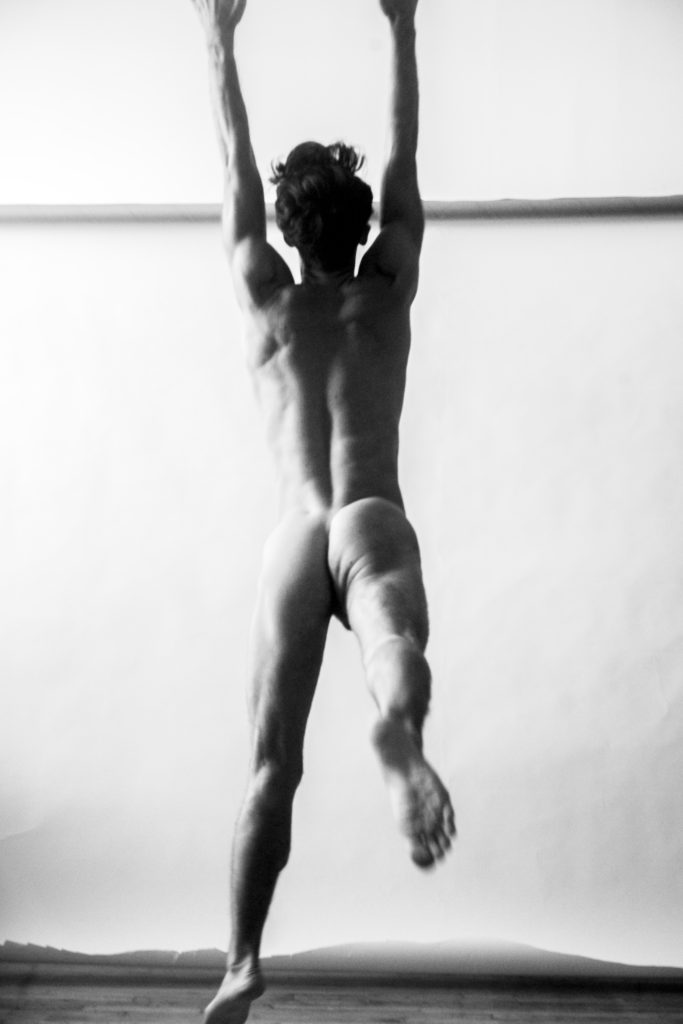
Contorted bodies and playful, erotic poses – equally revealing and concealing – exude tenderness, bridging the gap between sensuality and sexuality. Berlin-based photographer, artist, and model Sam Morris has dedicated himself to tying these elements together in his photographic series. The work can be accessed on his subscription-based website, or seen in one of his more abundant art exhibitions. The captured gestures reveal a tenderness often lost in contemporary Grindr, Tinder, and social media communication, frequently obliterating any form of eroticism through the aggression that comes from unsolicited advances. Morris brings back the romanticism of erotic novels, the images representing a natural moment between the subjects, vaguely interrupted by the observer. His work offers a perspective on sexuality, gender, and the male form that is separate from the over-exposure of porn websites. It is a return to intimacy, something that is hard to find online.

ADRIANA PAULY: What does eroticism mean to you? And how would you define it in your terms?
SAM MORRIS: For me, erotica is not created to fulfill the fantasies of the viewer, but the artist. It is a medium in which an artist can explore sexuality via an expression of their choosing. Whether it’s photography, film, paint, sculpture, it must have a point of view, & a choice of aesthetic, to separate it from pornography. There must be emotion in the work, and it must have a romantic view of sexualizing the human form, and not simply just reducing it to meat.
AP: What are the things that interest you about the male form?
SM: I’ve always been fascinated with the shapes of the male form. The undulations of the musculature, both the strength & softness that it possesses. I obsessed over my own body daily in the mirror whilst in ballet school, attempting to perfect certain aesthetics, while also studying dancers & models in different photographers works over the years, both in fashion & erotica.
AP: Sex vs the sensual – how do you navigate this duality?
SM: I’m not afraid of exploring both, and I think my work speaks for that. But there’s a clear divide between the two, and I’m quite aware of that when I’m exploring each one. For me it’s separated by a feeling, an emotion. Sex is meat, cells, chemicals, pounding against each other; sensuality is sex with sensitivities and emotions, opening our hearts a little, and not just our holes.

AP: Was there a specific drive that brought you to the work you are doing now?
SM: It’s started from self-exploration. I took a long time to overcome a lot of conservatism I had around sex, and my own relationship to my sexuality. I tried to outgrow this by using my art to examine the feelings I had about sex and push my own boundaries whilst under the glare of the public eye. That then led me to involve others, and let them explore alongside me.
AP: Do you have concrete intentions and ideals you start out with when conceptualizing a project or shoot and if so what are they?
SM: Firstly, my main intentions are for my subject to feel as comfortable and in control as possible. Consent is a huge part of my work, and I want my guys (girls occasionally) to feel like they’re always in charge of their choices & self-expression. I am then there to facilitate this, romanticize their experience on camera, and showcase their sexual beauty in the most aesthetically pleasing way possible.


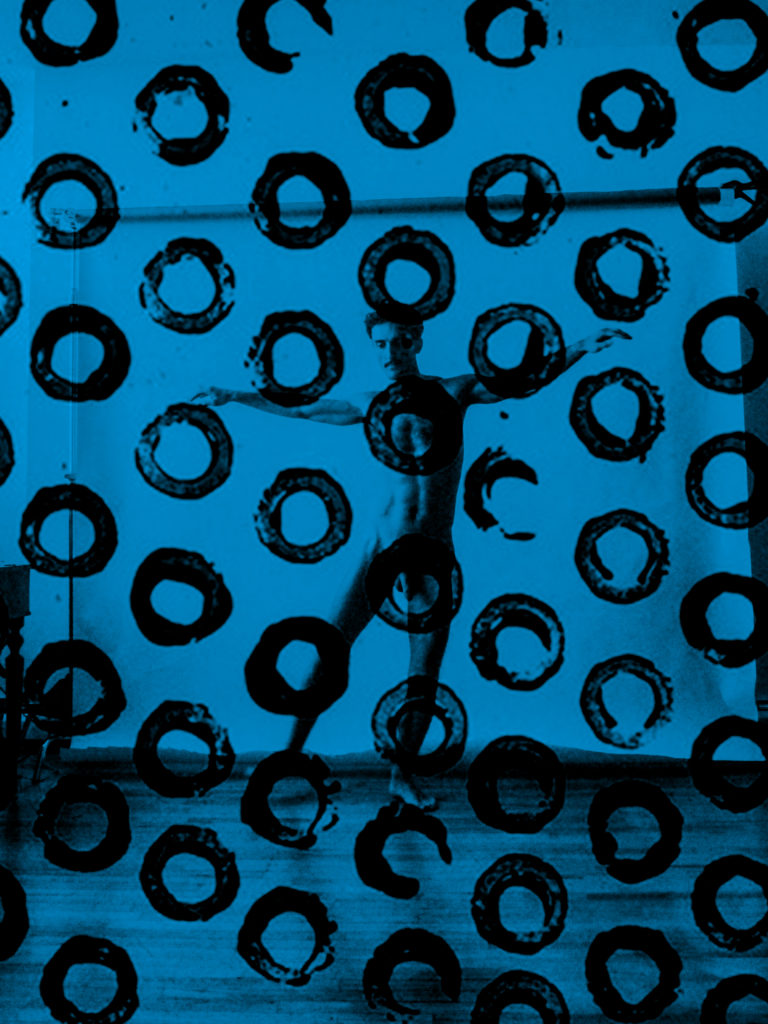
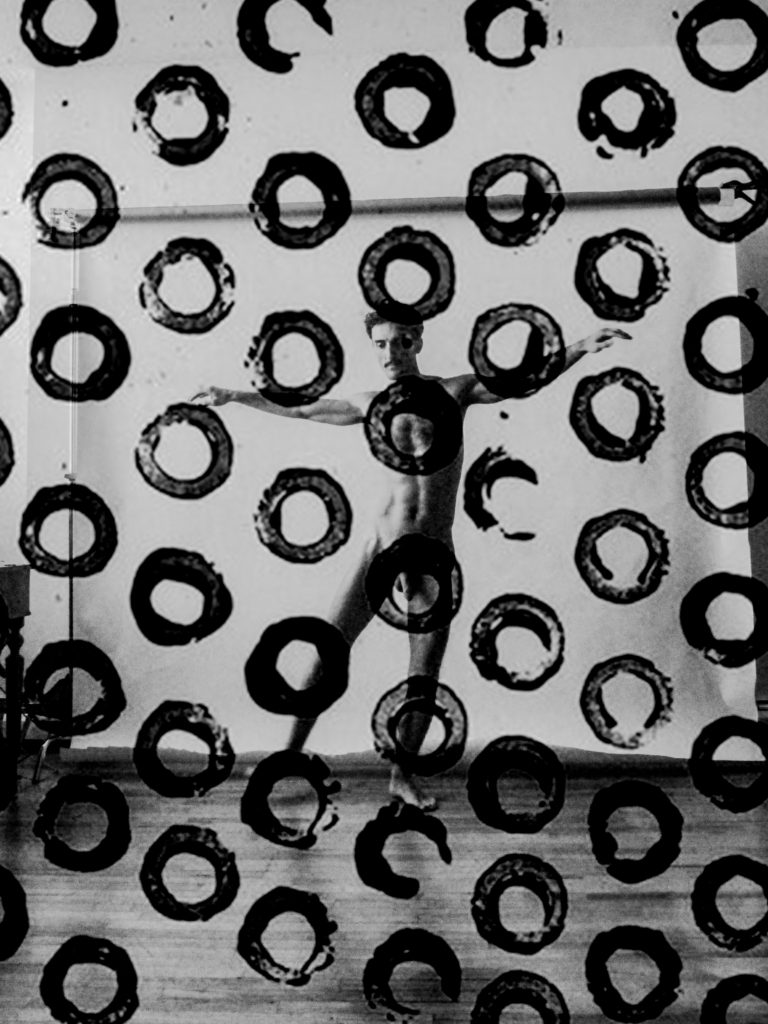
AP: How do you deal with the highly explosive environment on the internet and its ever-present critical voices (trolls/homophobia/etc)?
SM: The hard thing is that when Tumblr banned adult content, it drove a lot of artists to Twitter, which unfortunately is a breeding ground for hate & critique. One thing I’ve noticed is that when we talk about trolls we tend to refer to them as right wing maniacs hiding in the dark, when in reality trolls can take many different disguises. It can be industry peers, “friends,” strangers who may appear politically on your side but are just jealous of your success. There are many people out there waiting for your downfall, so the best thing to do is to ignore it all and carry on doing what you do. Something I always say to myself is, “there will always be statues of artists but there will never be statues of critics.”
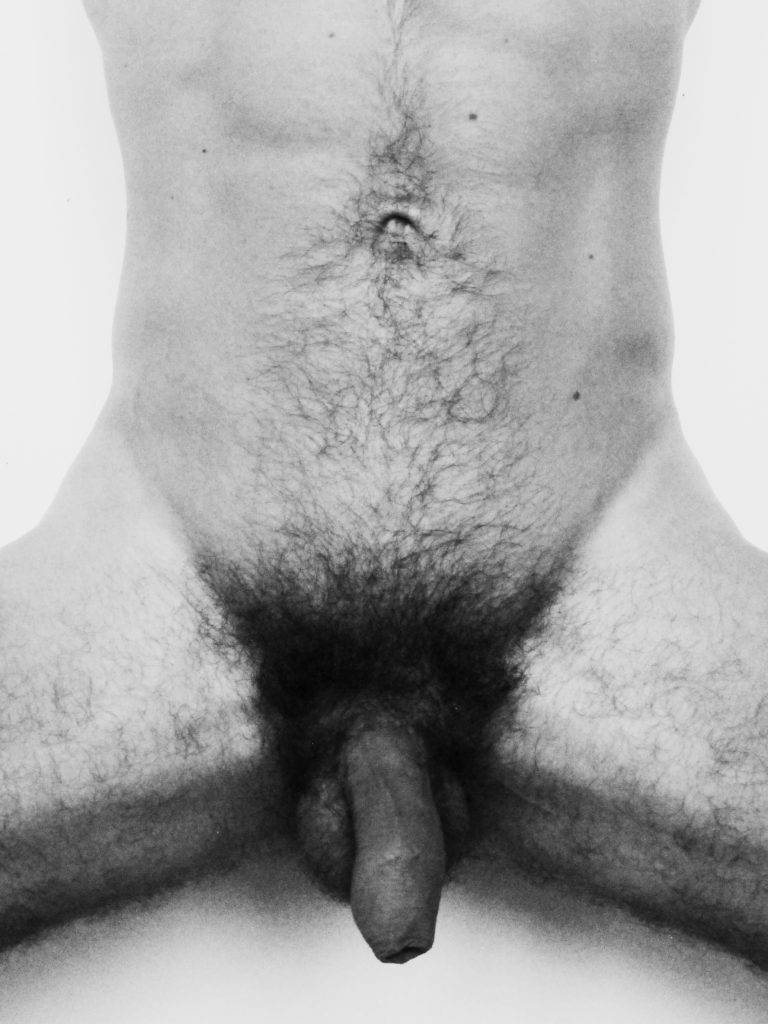
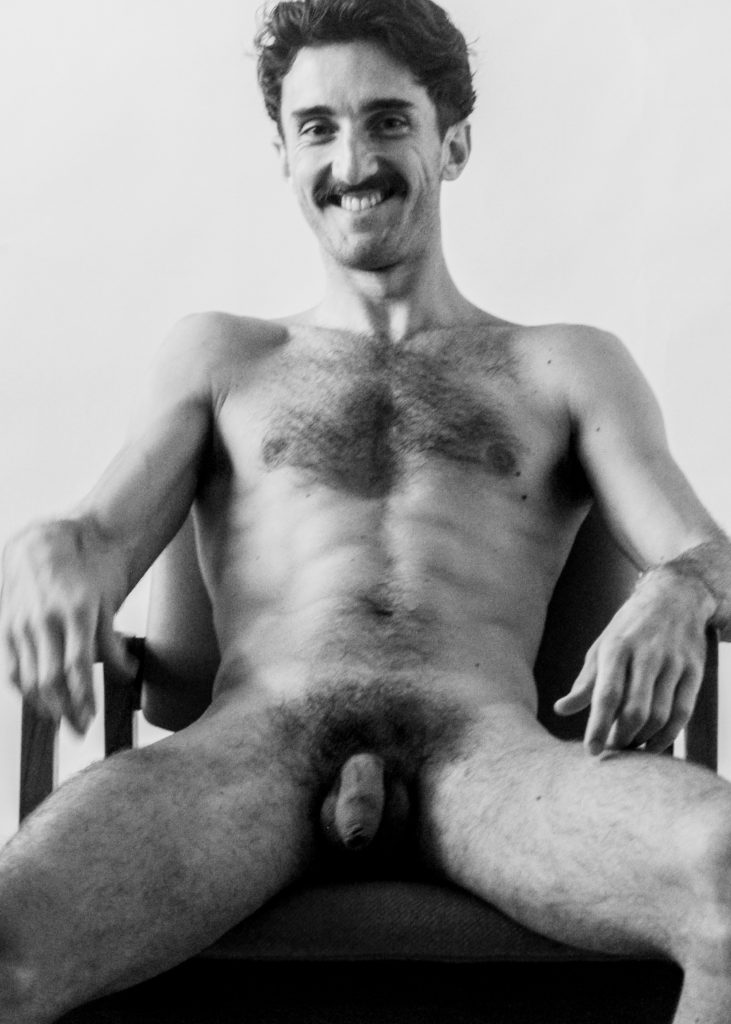
AP: Instagram censorship: what is your experience with it? And how do you navigate it?
SM: I’ve lost my account twice this year, the second time at 170k followers & 2 days before my debut solo exhibition in New York. It’s sad because I’ve devoted so much of my adult life to Instagram, and have a lot to thank the platform for, but to feel so unwelcome and at risk of having it all taken away at any given moment leaves me with a very unsavory taste in my mouth. It really disappoints me that in 2019 a company with such conservative views on sex & nudity totally monopolizes the world’s photography/art/culture scene. I sometimes imagine myself traveling back in time, sitting down for coffee with Egon Schiele and saying, “I’m sorry man, in the last 100 years, nothing’s changed. In fact it just got worse.”
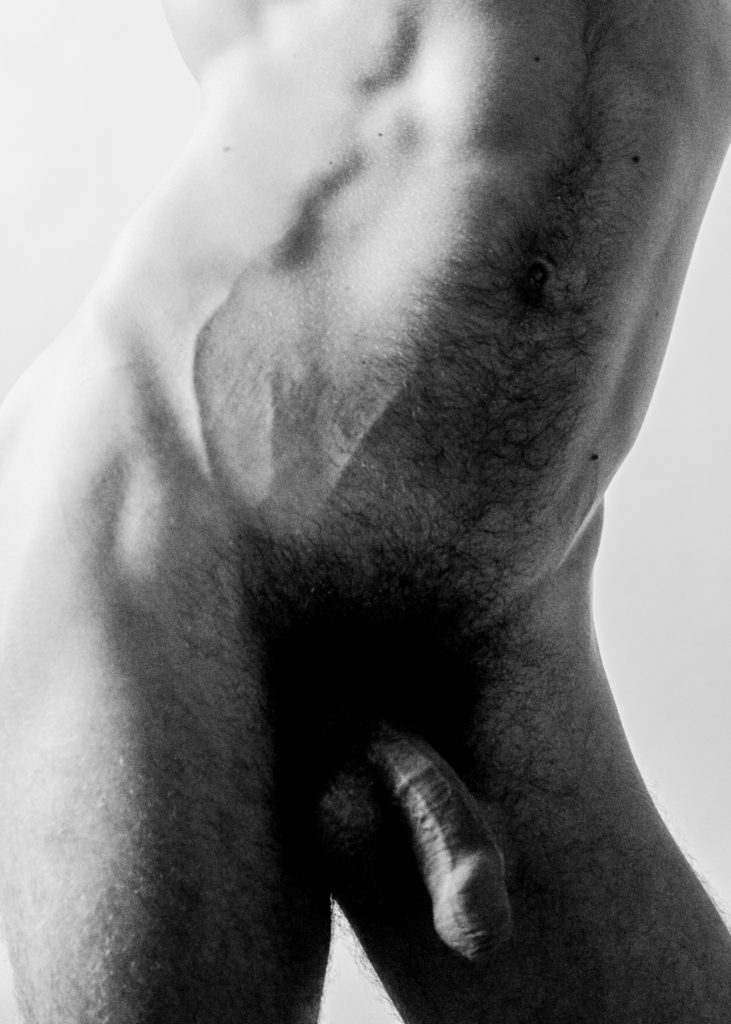

For the full story and more content, get your copy of Phosphenes #7 – “Revolution.”